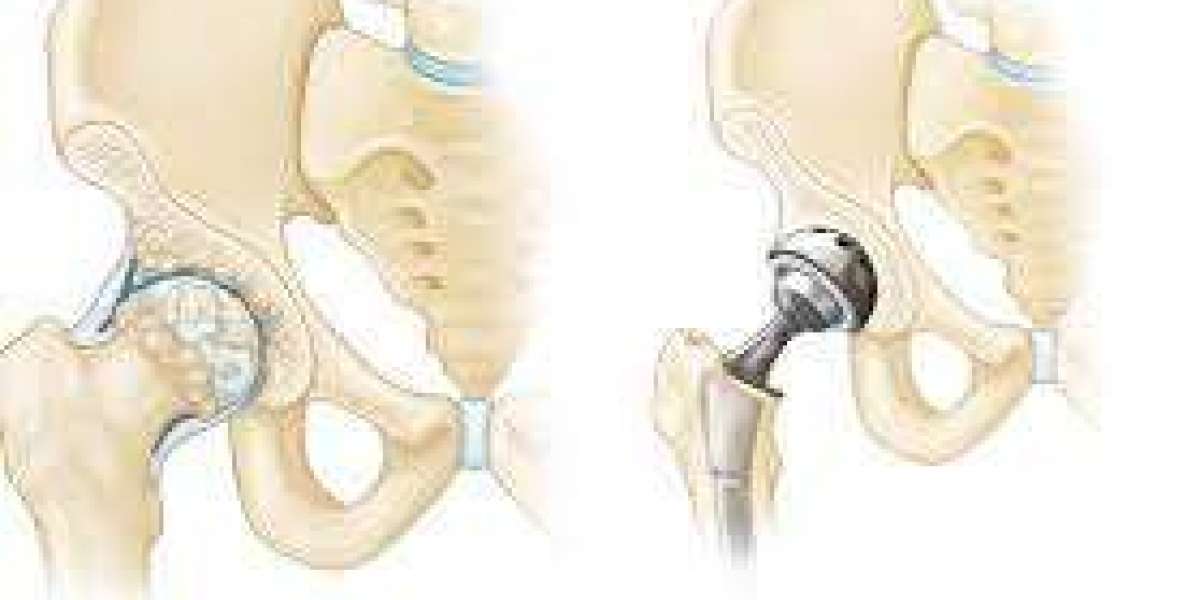When it comes to advanced architectural design, Rhino software stands out as a game-changer. Its powerful features and versatility make it a favorite among architects, designers, and students alike. For those seeking help with Rhino assignment, understanding the software’s innovative capabilities can significantly enhance your design outcomes. This blog explores how Rhino’s features can elevate your architectural designs and provides tips on leveraging these tools effectively.
Understanding Rhino’s Core Capabilities
Rhino, also known as Rhinoceros, is renowned for its precision and flexibility in handling complex geometries. Unlike traditional CAD software, Rhino supports a wide range of file formats, making it a versatile tool for various design needs. Its robust set of features includes:
- NURBS Modeling: Rhino’s primary strength lies in its Non-Uniform Rational B-Splines (NURBS) modeling, which allows for the creation of highly detailed and accurate curves and surfaces. This feature is invaluable for architectural designs that require smooth, organic shapes and complex geometries.
- 3D Visualization: Rhino offers advanced rendering tools and plug-ins that facilitate high-quality 3D visualization. With these tools, architects can create realistic representations of their designs, allowing for better visualization and presentation.
- Parametric Design: Rhino supports parametric design through various plug-ins, such as Grasshopper. This feature enables architects to create designs that are both flexible and adaptable, allowing for easy adjustments and iterations.
Practical Applications in Architectural Design
1. Complex Geometries and Organic Forms
Architectural designs often involve complex geometries and organic forms that are challenging to achieve with traditional CAD software. Rhino’s NURBS modeling capabilities allow designers to create intricate shapes with precision. For example, when designing a building with a unique façade or a sculptural element, Rhino’s tools enable you to manipulate curves and surfaces with ease, ensuring that your vision is accurately represented.
2. Enhanced Design Visualization
Effective visualization is crucial for conveying design intent and gaining client approval. Rhino’s advanced rendering features, combined with plug-ins like V-Ray and Flamingo, provide high-quality visualizations that showcase your design in a realistic context. By using these tools, you can create compelling presentations that highlight the aesthetic and functional aspects of your design.
3. Parametric Design Flexibility
The integration of parametric design tools, such as Grasshopper, expands Rhino’s capabilities even further. Parametric design allows you to create adaptive models that can be easily modified based on changing parameters. This feature is particularly useful for architectural projects that require iterative design processes or need to accommodate various constraints and requirements.
Tips for Leveraging Rhino’s Features
1. Master NURBS Modeling Techniques
To fully utilize Rhino’s NURBS modeling capabilities, invest time in mastering its tools and techniques. Practice creating and manipulating curves, surfaces, and solids to understand how different commands and settings affect your model. This knowledge will help you create more complex and refined designs.
2. Explore Advanced Rendering Plug-ins
Enhance your design presentations by exploring Rhino’s advanced rendering plug-ins. Tools like V-Ray and Flamingo offer advanced lighting, texturing, and rendering options that can significantly improve the quality of your visualizations. Experiment with different settings and techniques to achieve the desired look for your projects.
3. Utilize Parametric Design for Flexibility
Incorporate parametric design tools like Grasshopper into your workflow to add flexibility to your designs. By creating parametric models, you can easily make adjustments and explore different design options without starting from scratch. This approach not only saves time but also allows for more innovative and responsive design solutions.
Conclusion
Rhino’s innovative features offer a range of capabilities that can significantly elevate your architectural designs. From precise NURBS modeling to advanced rendering and parametric design, Rhino provides the tools necessary for creating sophisticated and visually compelling designs. By mastering these features and seeking help with Rhino assignments when needed, you can enhance your design skills and achieve success in your architectural projects.
For those who are new to Rhino or struggling with assignments, professional help can provide the support needed to fully understand and utilize the software’s capabilities. Embrace Rhino’s potential, explore its features, and take your architectural designs to new heights.
If you’re looking for assistance with Rhino assignments, don’t hesitate to reach out to experts who can guide you through the process and ensure your designs stand out.
Reference: https://www.architectureassignmenthelp.com/blog/rhino-conceptual-design-architectural-assignments/








